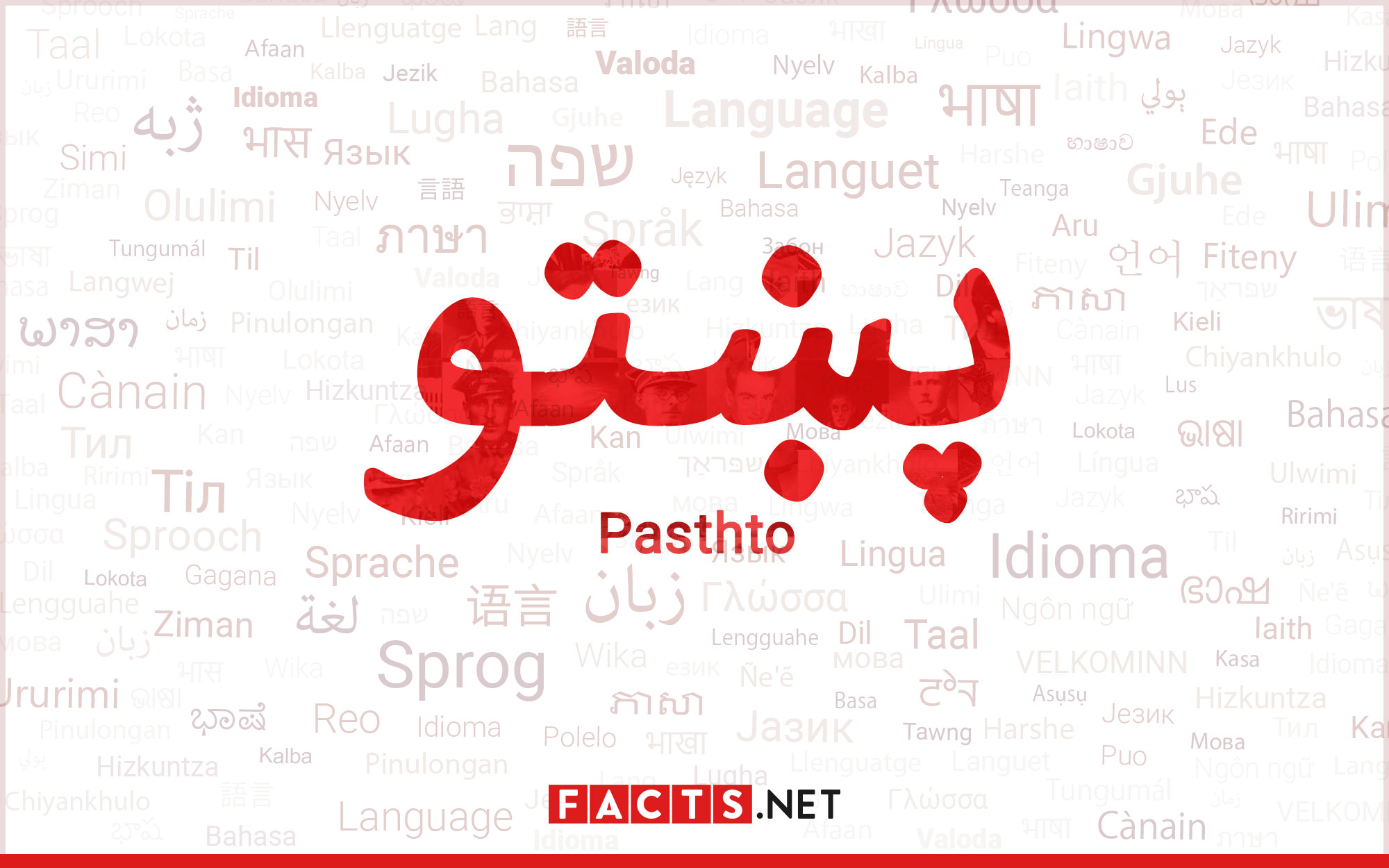
Pashto, also known as Pakhto, is an ancient language that holds a rich cultural and historical significance. Spoken primarily in Afghanistan and Pakistan, Pashto is a member of the Indo-Iranian language family and is one of the oldest languages in the world. With a unique alphabet and fascinating linguistic features, Pashto has captivated linguists and language enthusiasts alike.
In this article, we will delve into the intriguing world of Pashto and discover some surprising facts about this beautiful language. From its origins and influences to its impressive literary tradition, Pashto is a language that deserves to be explored and celebrated. So, let’s embark on a journey of discovery and unravel the hidden gems of Pashto!
Key Takeaways:
- Pashto, an ancient language with a rich history, is spoken by 50 million people worldwide and is the official language of Afghanistan. It has a unique script and a tradition of storytelling and poetry.
- Despite its cultural significance, Pashto is an endangered language, but efforts are being made to preserve and promote it. It plays a crucial role in regional trade and politics and has produced influential poets and writers.
Pashto is an ancient language with a rich history.
Pashto, also known as Pakhto or Pushto, is an ancient Indo-Iranian language spoken by approximately 50 million people worldwide. It has a history that dates back over 3,000 years, making it one of the oldest languages in the region.
Pashto is the official language of Afghanistan.
As the official language of Afghanistan, Pashto plays a vital role in the country’s cultural identity. It is also spoken by the Pashtun diaspora in various countries, including Pakistan, Iran, and India.
Pashto belongs to the Eastern Iranian language group.
Pashto is classified as an Eastern Iranian language, along with languages such as Dari, Tajik, and Balochi. These languages share common features and historical influences.
Pashto has its own unique script.
The Pashto language is traditionally written using a modified form of the Arabic script known as the Pashto alphabet. The script consists of 45 letters, including 4 additional letters specific to Pashto sounds.
Pashto has a rich oral tradition of storytelling and poetry.
Storytelling and poetry are integral parts of Pashto culture, with a long-standing tradition of oral literature. This includes epic poems like the famous “Yusuf Khan and Sherbano” and moral tales passed down through generations.
Pashto has borrowed words from various languages.
Throughout its history, Pashto has absorbed vocabulary from diverse sources, including Arabic, Persian, Sanskrit, and English. This linguistic borrowing has enriched the language and contributed to its unique character.
Pashto is known for its complex verbs and intricate grammar.
Pashto is renowned for its intricate verbal system, consisting of prefixes, suffixes, and infixes that convey information about tense, aspect, person, and more. The language also has a complex grammatical structure that distinguishes it from other Indo-European languages.
Pashto is an important language in regional trade and politics.
Due to its historical and geographical significance, the Pashto language plays a crucial role in regional trade and politics. It facilitates communication and cultural exchange among various communities in the region.
Pashto literature has produced influential poets and writers.
Over the centuries, Pashto literature has flourished, giving rise to renowned poets and writers. Prominent figures like Khushal Khan Khattak, Rahman Baba, and Ghani Khan have made significant contributions to Pashto literature.
Pashto has its own unique cultural expressions.
Beyond language, Pashto culture encompasses a wide range of artistic expressions, including music, dance, clothing, and cuisine. These cultural traditions are deeply intertwined with the language and reflect the Pashtun way of life.
Pashto is an endangered language.
Despite its rich history and cultural significance, Pashto is categorized as an endangered language by UNESCO. Efforts are being made to preserve and promote the language through education and cultural initiatives.
Conclusion
In conclusion, Pashto is a fascinating and rich language with a long history and vibrant culture behind it. From its unique script to its complex grammar structure, Pashto offers a wealth of surprises for language enthusiasts and learners alike. Whether you’re interested in exploring a new language or delving into the cultural heritage of the Pashtun people, learning Pashto can be a rewarding and enlightening experience. As one of the two official languages of Afghanistan and a widely spoken language in the region, Pashto plays a significant role in bridging communication gaps and preserving the identity of millions of people. So, why not embark on a journey to discover the captivating world of Pashto? Happy learning!
FAQs
1. Is Pashto difficult to learn?
Learning any new language can be challenging, but with dedication and practice, Pashto can be mastered. Its complex grammar and unique script may take time to grasp, but with consistent effort, it becomes easier over time.
2. Where is Pashto spoken?
Pashto is primarily spoken in Afghanistan and parts of Pakistan. It is also spoken by the Pashtun diaspora in various other countries, including the United Arab Emirates, the United Kingdom, and the United States.
3. Is Pashto similar to any other languages?
Pashto belongs to the Eastern Iranian branch of the Indo-European language family. While it shares some similarities with other Iranian languages, it is distinct in its own right.
4. Are there any resources available to learn Pashto?
Yes, there are several resources available for learning Pashto. Online courses, textbooks, language exchange programs, and language learning apps can all be helpful in acquiring proficiency in Pashto.
5. Can I visit Pashto-speaking regions without knowing the language?
While it is possible to visit Pashto-speaking regions without knowing the language, having some knowledge of Pashto can greatly enhance your travel experience and allow for better communication with the local people.
Was this page helpful?
Our commitment to delivering trustworthy and engaging content is at the heart of what we do. Each fact on our site is contributed by real users like you, bringing a wealth of diverse insights and information. To ensure the highest standards of accuracy and reliability, our dedicated editors meticulously review each submission. This process guarantees that the facts we share are not only fascinating but also credible. Trust in our commitment to quality and authenticity as you explore and learn with us.


